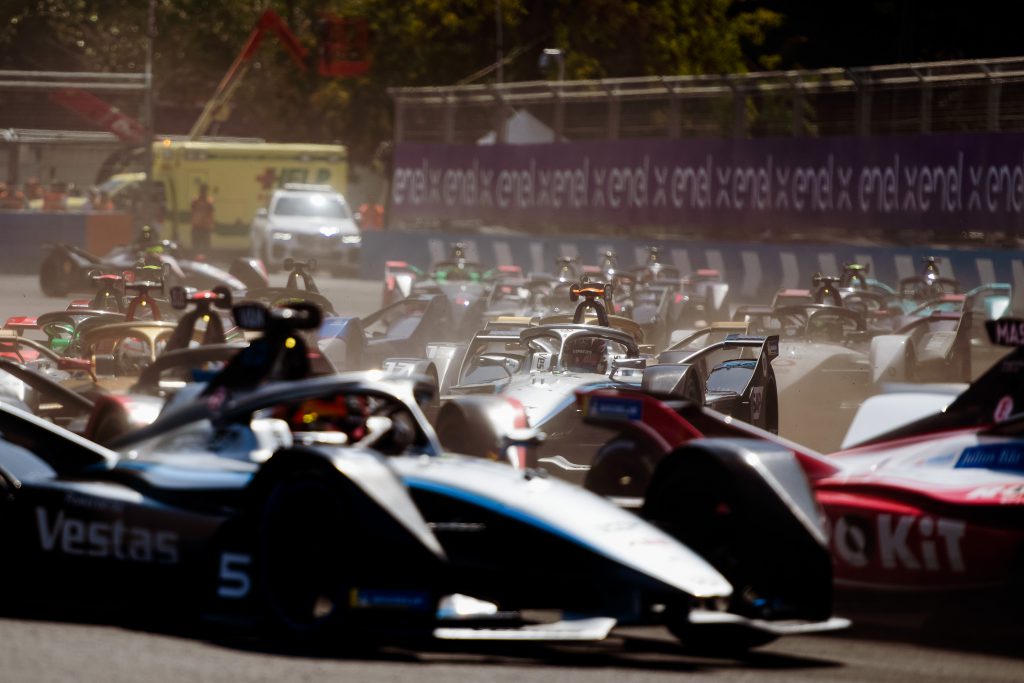Monday’s news that Formula E has achieved net zero carbon status from its inception is clearly a laudable achievement.
But what does it actually mean for racing’s newest world championship, the motorsport industry and, perhaps more importantly, how will it be viewed in a world grasping for green accolades?
Formula E is the first sport and motorsport organisation to achieve this. So far, only Google and Microsoft have achieved it from formation to present day, so Formula E is in rarefied company.
The big momentum came in 2018, which was when Formula E was rewarded with the ISO 20121 accreditation for sustainable events recognition and then had it renewed earlier this year. This emphasised the assurances its sustainability strategy wanted and needed.
These were largely moulded by Julia Palle, director of sustainability at Formula E Holdings. She has previous motorsport experience in implementing sustainability programs at Michelin and was quick to identify several areas for Formula E to act on so it could ensure it led the way within the motorsport industry.
“As a business with a higher purpose, we’re committed to doing better and preventing the causes of climate change,” she said in 2016.
On the face of it Formula E has delivered on its objective of seeing through its three strategic sustainability pillars: Delivering sustainable events; Impacting positively on cities; Leaving legacies and raising awareness on climate changing and air pollution.
It also became a founding signatory of the UNFCCC Sport for Climate Action framework, and is actively working on how motorsport can positively further awareness of climate change.
The pursuit of sustainability
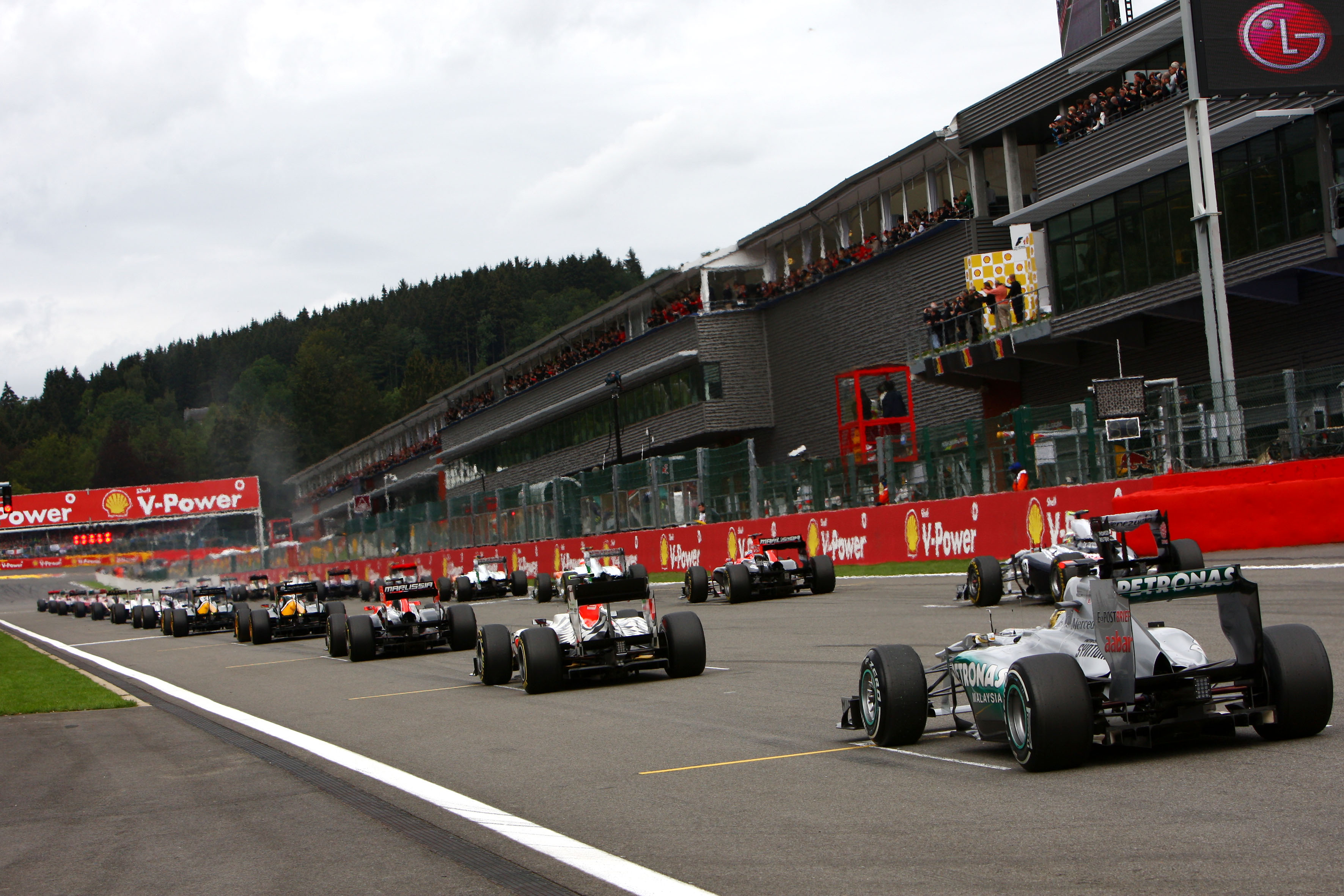 The link between sustainability, motorsport and mobility actually goes back many years.
The link between sustainability, motorsport and mobility actually goes back many years.
“In 2006, in line with the automobility industry and its shift from the Internal Combustion Engine (ICE) to Hybrid (HV) and Electric Vehicles (EV), motorsport through the leadership of the FIA recognised the need to reflect broader political and environmental agendas which had an impact on transport and energy ecosystem issues, and began discussions about a low-carbon transition of motor racing,” Dr Cristiana Pace, member of the FIA Environment and Sustainability Commission on behalf of Motorsport UK, told The Race.
These discussions culminated with the introduction of a set of technical regulations for the early deployment of a Kinetic Energy Recovery System (KERS) in Formula 1 in 2009, which was then mandated in 2011. This technological shift soon spread to include the broader system of motorsport.
“There are several misconceptions around sustainability which have probably contributed to give motorsport a slightly negative perception,” alludes Dr Pace who gained a PhD at Coventry University researching sustainability in the motorsport industry.
“Among these is that most do not fully understand what sustainability really is. Often sustainability is misinterpreted as being exclusively about the environment. It isn’t.
“Although the environment is part of the sustainable agenda, there are several strands which are not always addressed when we talk about sustainability, such as financial and social.
“Motorsport has an important role to play in sustainability as a whole. Aside from being a platform to reach out to millions of fans, motorsport can promote sustainability thorough events and initiatives, influencing choices of location, the way fans reach events, transport, creating best practice for the use of energy, recycling facilities and its supply chain.”
Some landmarks in motorsport stand out, notably: 1989 – The formation of the FIA Alternative Fuel Commission; 2007 – FIA together with the UN launch the global fuel economy initiatives (50% reduction of fuel in vehicles –efficiency of engines); 2010 – The launch of the environmental certification for teams, suppliers and motorsport stakeholders; 2012 – The FIA Institute commits to build a legacy on sustainability, re-emphasising the ‘make the car green’ campaign.
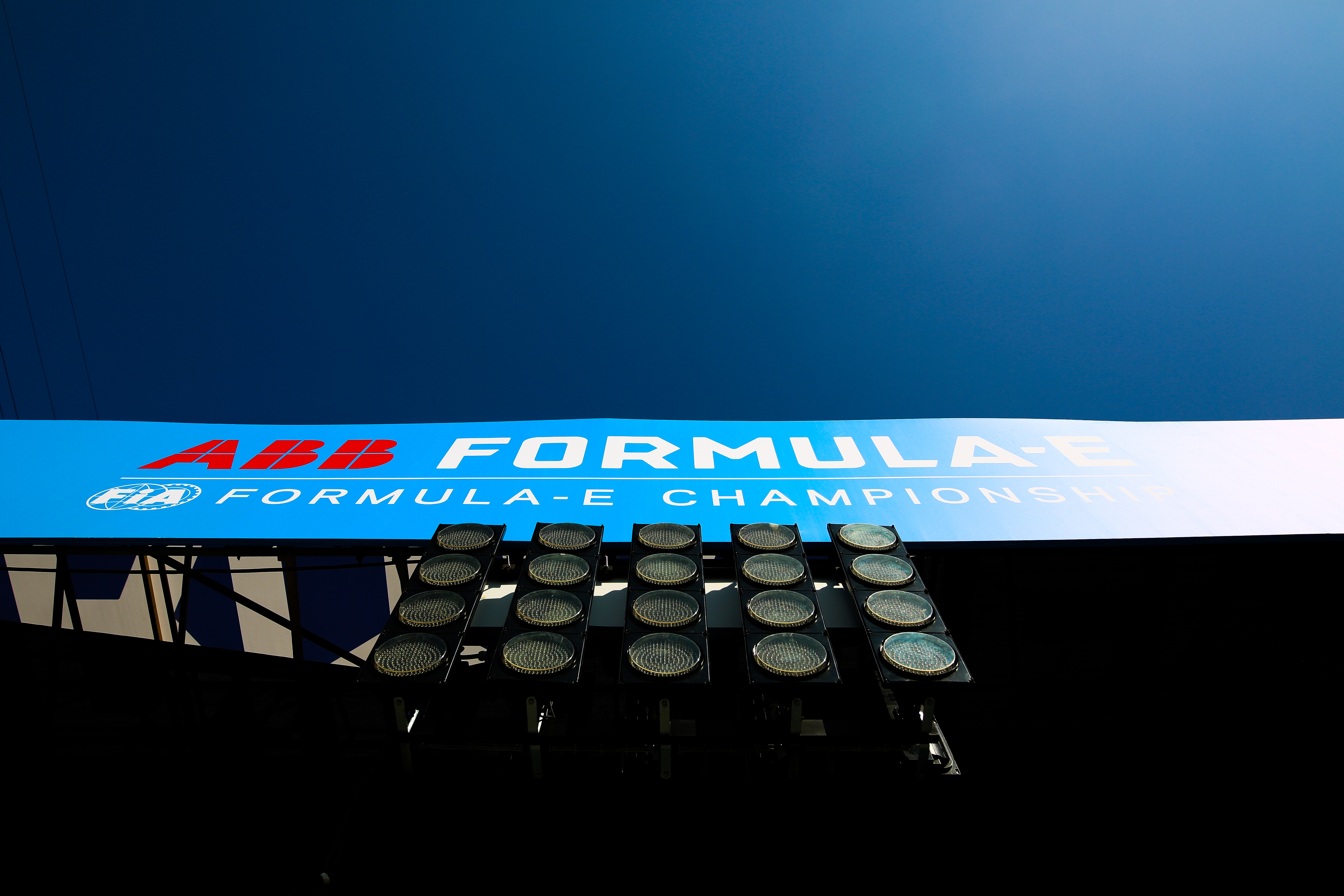
Apart from it actually being conceived and actioned, Formula E’s milestones are equally as noteworthy: 2014 – Formula E helps to develop and sign the UNFCCC framework; 2016 – The first sustainability report in the motorsport history is published; 2018 – Formula E becomes the first motorsport championship to achieve third-party ISO 20120 accreditation for sustainable events.
According to Dr Pace these all evidence “a mindset and cultural shift that increases actions of motorsport stakeholders” and shows how this has become “everyday practice for most of them, paving the way for the shift to sustainability.”
“Formula E is not just a way to showcase EV, but is also a living laboratory for some of the technologies you can now find in EV road cars,” adds Pace.
She’s right. Just one example is BMW, which has managed to reduce the weight of some of its motors by supporting them with highly conductive composite materials, including resins, titanium and ceramic. This has been tested in its Formula E cars before being transferred onto a range of BMW EV models.
Other programmes included drive-by-wire technology to adjust the brake pedal in the BMW X5 and X7, while the BMW 8-series coupe, i3 and electric Mini Cooper all benefitted from battery management software packages used in Formula E.
But then there is a bigger picture to sustainability and it is one that 2016-17 Formula E champion Lucas di Grassi has, as usual, compelling views on.
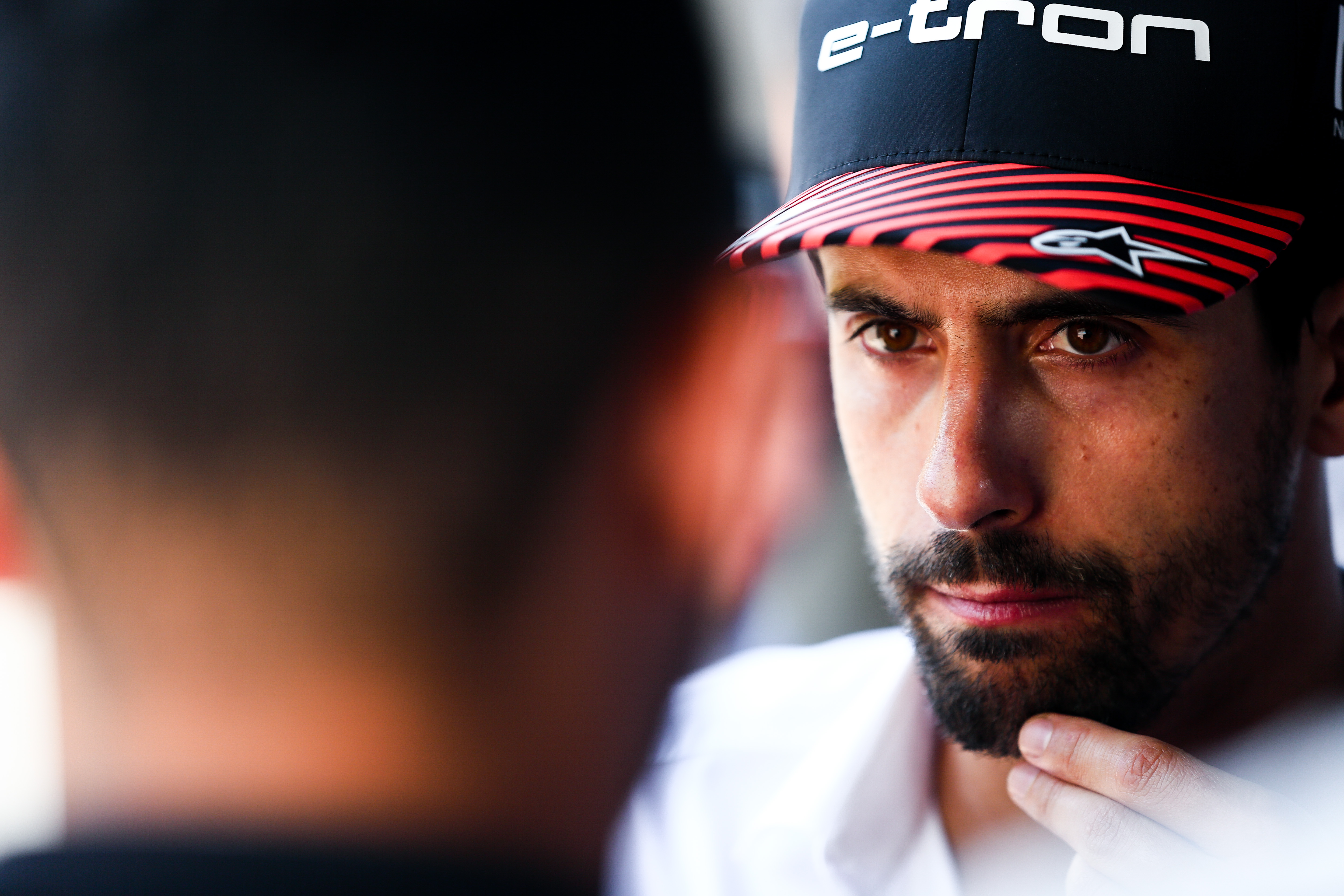
“I think when you look at motorsports, if you take the act of racing cars around the world, it’s never sustainable [in] itself because you are wasting resources; batteries, tyres, lights to create an entertainment product,” di Grassi told The Race.
“It’s not like you’re paddling a surfboard from one island in Hawaii to another one, which creates a very low impact. Racing has a huge impact; people are flying, goods are flying, or [are] shipped, plus the amount of resources to make everything is extremely energy-dependent.”
What di Grassi is saying here may appear a little ‘off message’ to the avalanche of carefully crafted Formula E PR this week but actually his points will resonate with many inside and outside of the sport.
At a more macro viewpoint, Formula E and automotive technologies have improved people’s quality of life and as a consequence they should contribute to a more sustainable future for the world we live in. But it is very much an early transition moment at the present.
“I don’t believe so strongly in carbon offsetting,” opines di Grassi.
“It has its limits, so even if you [think] ‘wow, I’m going to offset my carbon by planting trees’, well, OK, that’s a good thing for sure, but there’s a limit of trees that can be planted, there’s limit of carbon that can be offset, so that’s not the right approach.
“I think the right approach again is to look at which technologies are being developed within the racing series that can globally have a positive impact on society.”
What to do with the remaining Gen1 cars?
 Formula E is not without some obdurate questions.
Formula E is not without some obdurate questions.
For example, why are approximately 30 Gen1-spec cars sat in a warehouse at Donington Park with all their components attached and still being occasionally serviced but not used, recycled or cannibalised?
The idea had been for these cars to be used in an Asia-based championship in 2018 but this deal fell through. It rendered the cars and their tonnes of material and components obsolete. Some have been sold to collectors and teams. But the majority remain.
Umicore was the official Gen 1 battery recycling supplier of the ABB FIA Formula E Championship and recycled the lithium-ion traction battery units and cells used on some Formula E cars, with additional end-of-life options evaluated.
That process included the recovery of metals using proprietary smelting technology followed by hydrometallurgical treatment. They were then converted into cathode materials that were used again in new Li-ion rechargeable batteries.
It is said that the metals in the battery are infinitely recyclable without losing their properties.
The batteries are refreshed every season with the actual cells being changed. Umicore recycled cells for the first two seasons (2014-16), whilst season three (2016-17) cells are believed to be in line for as yet revealed special projects. It is the season four (2017-18) cells that are still in the batteries that are presently residing at Donington Park.
The latter cells could be used for operational, educational and social purposes, according to Palle.
“We’re looking into transforming them into energy storage systems, this is kind of the most natural second use that you can give to battery cells,” she told The Race.
“We’re looking at using them in some of our hosts cities locations, probably to help with renewable power generation and storage for events like us and for events through throughout the year.”
It is expected that Formula E will announce specific programmes on these cells and how they will be used later this year.
Why Formula E ran into a generator complication
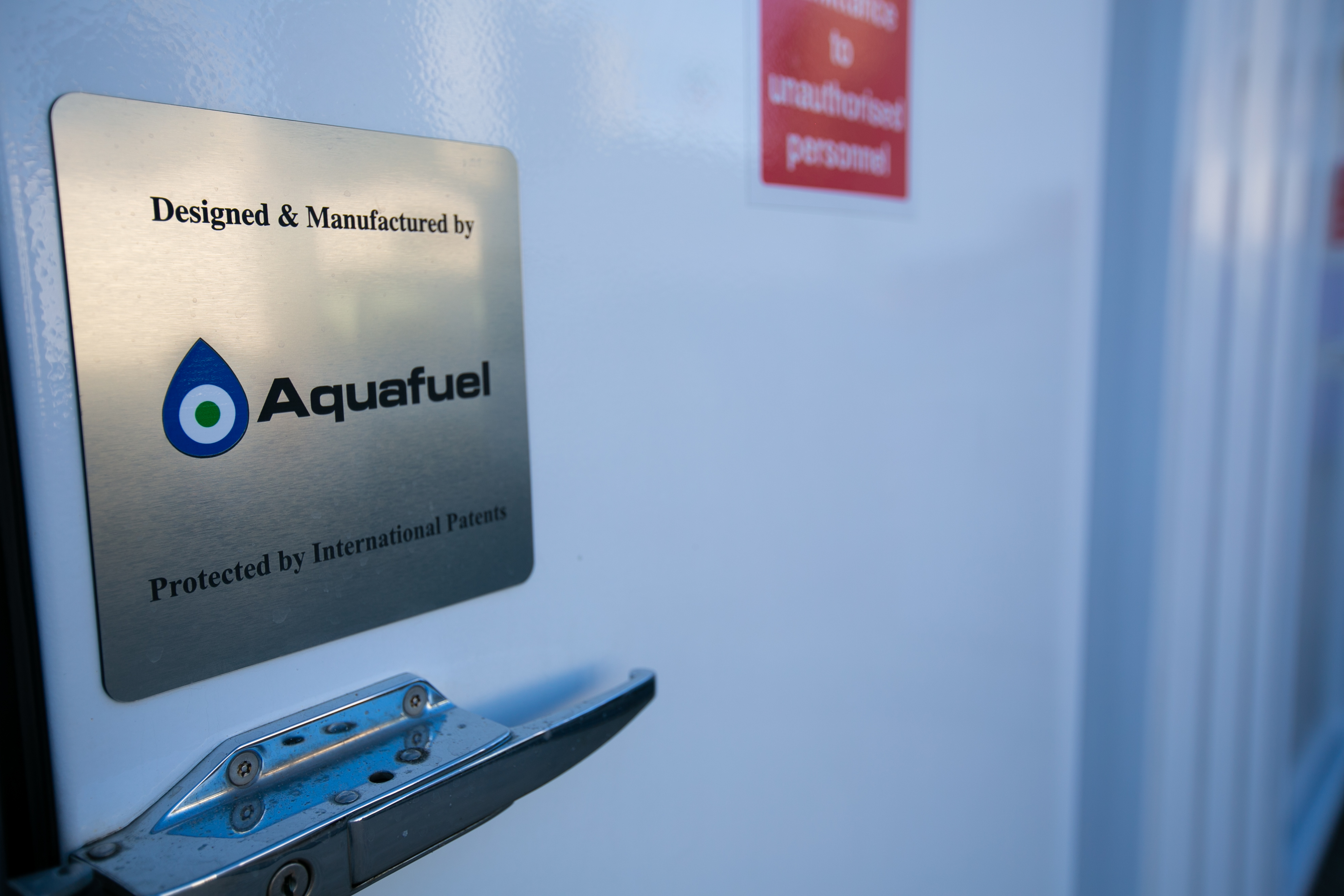 Formula E has also been criticised in some media circles, notably Germany, for using generators that sporadically blew out smoke into the paddocks since the advent of Gen2 racing.
Formula E has also been criticised in some media circles, notably Germany, for using generators that sporadically blew out smoke into the paddocks since the advent of Gen2 racing.
Previously, the championship had used glycerine to power modified diesel generators, which generated very low particulate emissions.
Formula E’s deal with the Aquafuel company which provided this system ended after the higher charge rate of the Gen2 cars brought difficulties for the generators.
Thus, Formula E had to resort to using largely standard-spec generators in recent seasons as well as power from electricity grids – and this was deemed by some publications to be a regressive step.
A way forward appears to be more reliance on the electricity grids of the locations visited by Formula E, although The Race also understands that hydrogen-cell generators, similar to those used in the new Pure ETCR series, might also be under consideration as supplementary charging options.
However, it is a combination of power from the electric grid and hydrogenated vegetable oils (HVO) that Palle pinpoints to being the most likely way forward.
“We’re looking at different renewable energy use, the prime option would be for us, ideally, to plug into the grid of the different countries because this is the most efficient solution.
“The other option that we’re very much looking into, and that we’ve trialled in some of the locations, is called HVO. This is basically kind of like old cooking oils that are transformed into renewable fuel.”
At the Berlin events in August, all 24 Formula E cars and the entire Jaguar I-PACE eTROPHY was powered from the utility grid seeing a peak load of 2.5 megawatts, showing that reliance targets for the grid, depending on location, are achievable.
Has Formula E accelerated F1’s sustainability agenda?
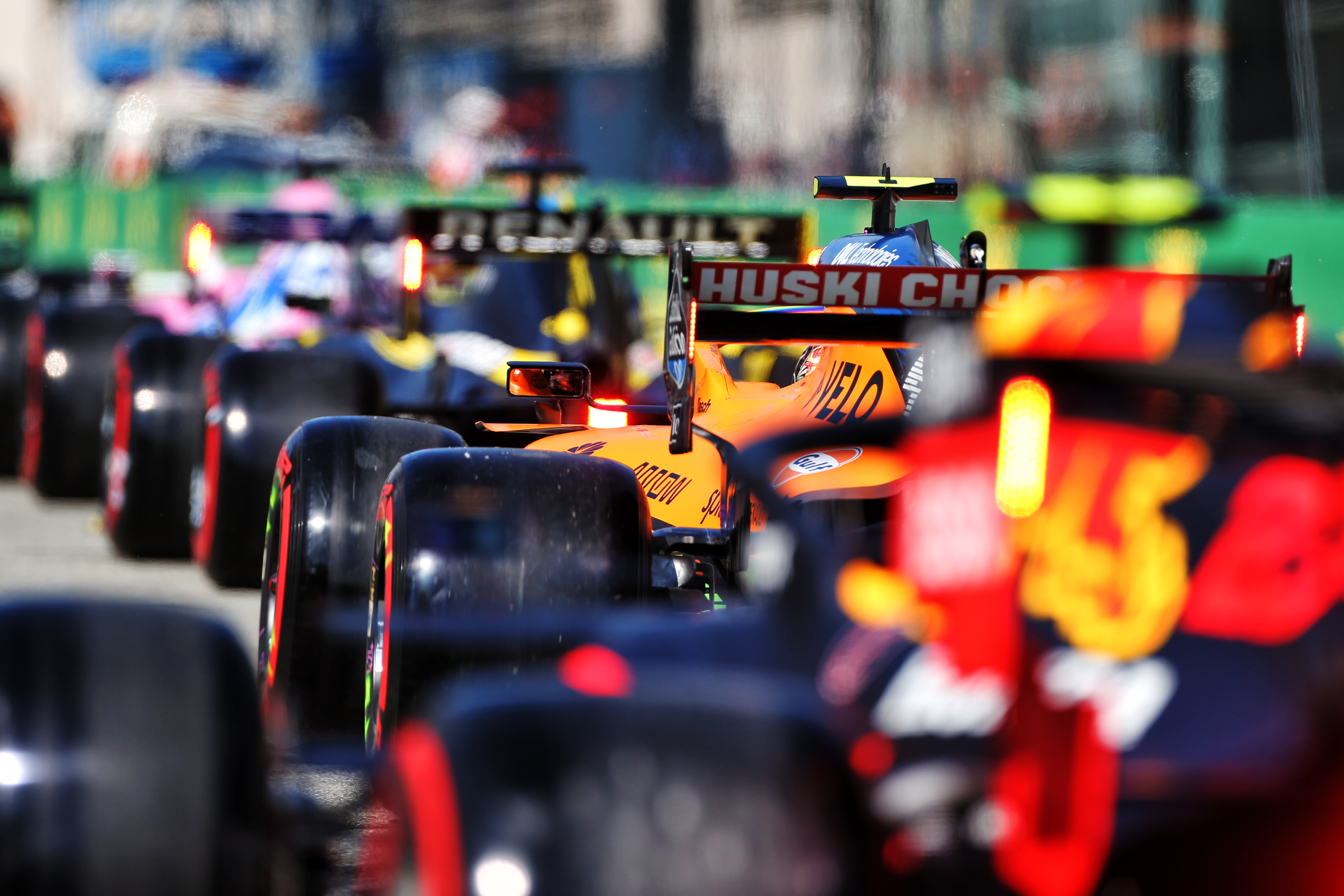 Formula E’s best practice in sustainability handed a baton to Formula 1 and has had a significant rub-off for several other series.
Formula E’s best practice in sustainability handed a baton to Formula 1 and has had a significant rub-off for several other series.
Supply chain sustainability and compliance is a key feature for major automotive manufacturers and when Formula E started to ensure its suppliers at races were eco-friendly and sustainable it chimed with their own way of working.
“Historically, motorsport has been seen as the new technology proving ground for the automotive sector, and lately, due to transfer of technology, for other sectors including medical, defence and aerospace,” says Pace, who among other roles was also Senior Research Consultant at the FIA Institute for Sustainability and Motor Sport Safety from 2009 to 2016.
“Since 2014, the role of motorsport has shifted to include sustainability, which has been recently reinforced by the announcement of a number of sustainability strategies and pledges aside motorsport stakeholders signing the UNFCCC framework.”
This has caused interest from other sectors asking if motorsport can truly be sustainable and what actions have been done to address the sustainability of motorsport itself.
Essentially, Formula 1 has been pushed by Formula E and had to come up with a sustainable argument in recent years, but according to di Grassi it is “a fallacy really and doesn’t make a lot of sense.”
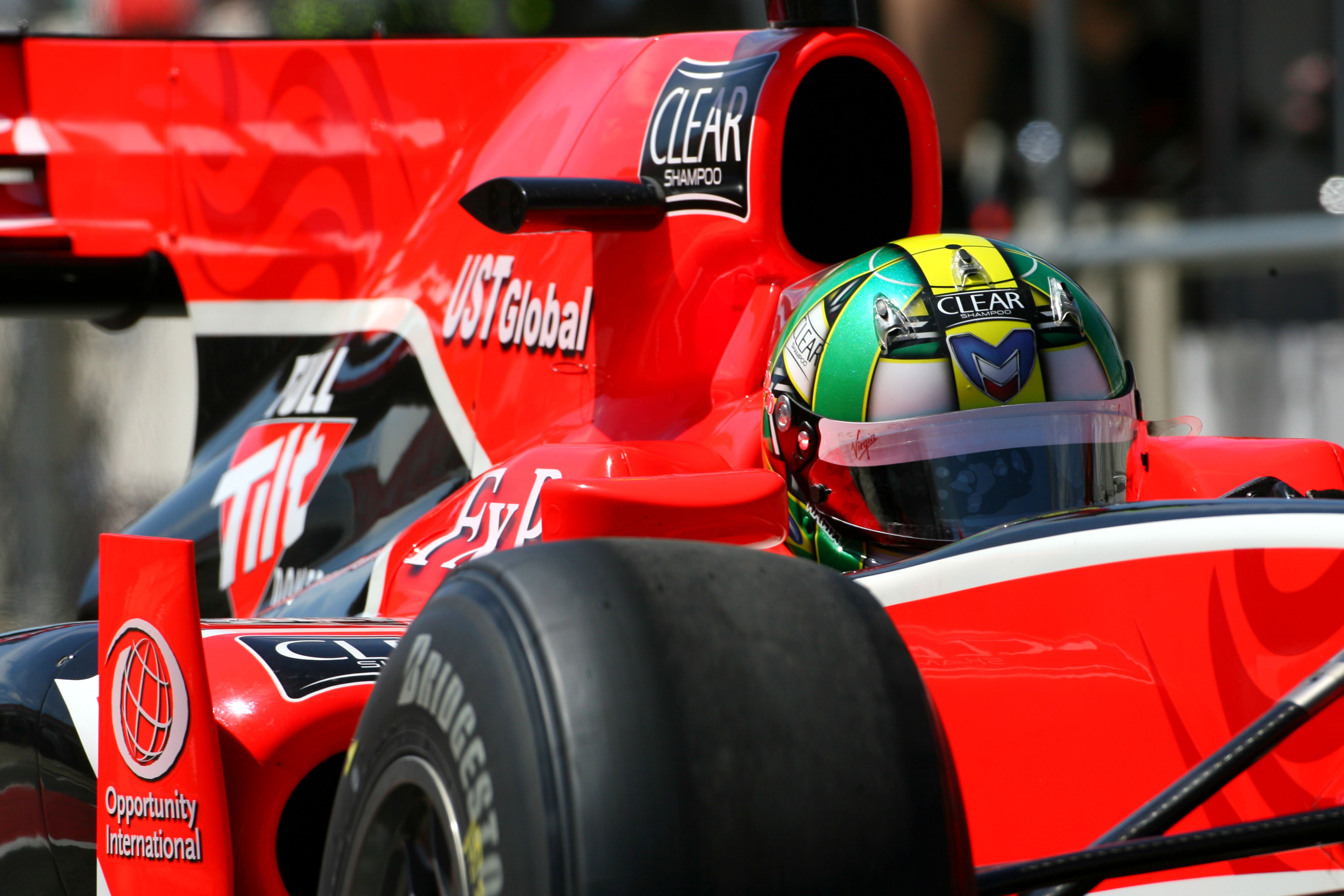
“What Formula 1 is proposing, like planting trees in the racetracks, it’s just to be compliant,” says the Audi factory driver, who competed in F1 in 2010 (above).
“They are not really changing the core of the sport, which is still based in oil, still sponsored by oil companies, and still burning hundreds of tyres per race, still making the cars and wasting a lot of resources on windtunnels and so on.”
But shouldn’t we look at the whole approach of F1? How much has it evolved alongside society since it began as a recognised world championship 70 years ago?
“I think it [F1] actually did a lot,” attests di Grassi.
“But I think the approach of F1 is wrong and they need to handle it by saying look we are a technology environment, our processes and our materials are going to make the cars lighter, are going to make everything more efficient and better constructed, and overall we are going to save a lot of resources in the future, rather than just masking what they are doing by planting trees, that’s not really the core of it in my view.”
No disruption to Formula E’s sustainability
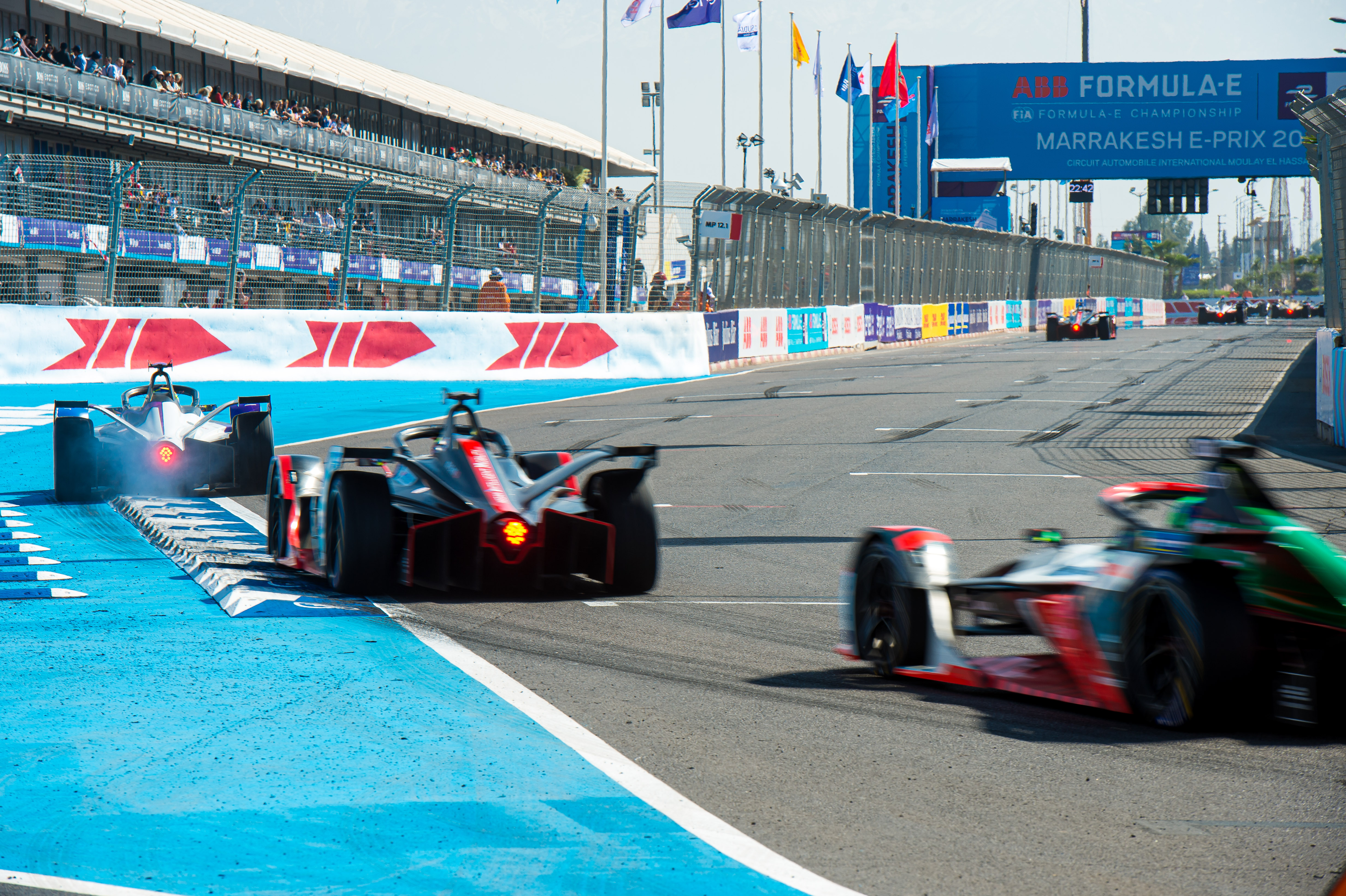 Following on from best practices developed by Formula E, the FIA implemented a sustainable sourcing of suppliers for the third generation of cars that will kick in for 2022.
Following on from best practices developed by Formula E, the FIA implemented a sustainable sourcing of suppliers for the third generation of cars that will kick in for 2022.
The Gen3 tender winners – Williams Advanced Engineering (battery), Spark Racing Technology (chassis) and Hankook (tyres) – have to show specific credentials on labour welfare, Corporate Social Responsibility programmes, and submit a Life Cycle Assessment (LCA) for the product delivered.
This is locked into the tender and details the following: End-of-life processing and recycling of damaged parts beyond repair; lifespan of all wearable parts; use of sustainable materials for the design and construction of any non-structural and non-safety parts.
It is a strong message for Formula E to promote as it enters its third rules set aid an uncertain world but it is also one where even what may seem small elements such as Formula E operating a strict no car park policy for spectators seem significant in urban environments.

From a diversity and inclusion point of view the FIA Girls on Track scheme has seen engagements and activations at three events (Berlin and Riyadh in 2019 and Santiago earlier this year).
This was where 900 local school girls spent a day learning about careers within the motorsport landscape. And not just driving, these activities included engineering, medical, sustainability, media and road safety. During the pandemic this activity continued online.
So, the richness of Formula E’s sustainability is plain to see and it will continue, pandemic or no pandemic.
Going back to di Grassi’s point about motorsport’s core being unsustainable, there is undoubted truth in this, yet factoring in the clear inspiration, education and the legacy of a new sphere of motorsport, means that on balance Formula E deserves its on-going reputation as an industry leader where sustainable effort and innovation is concerned.


